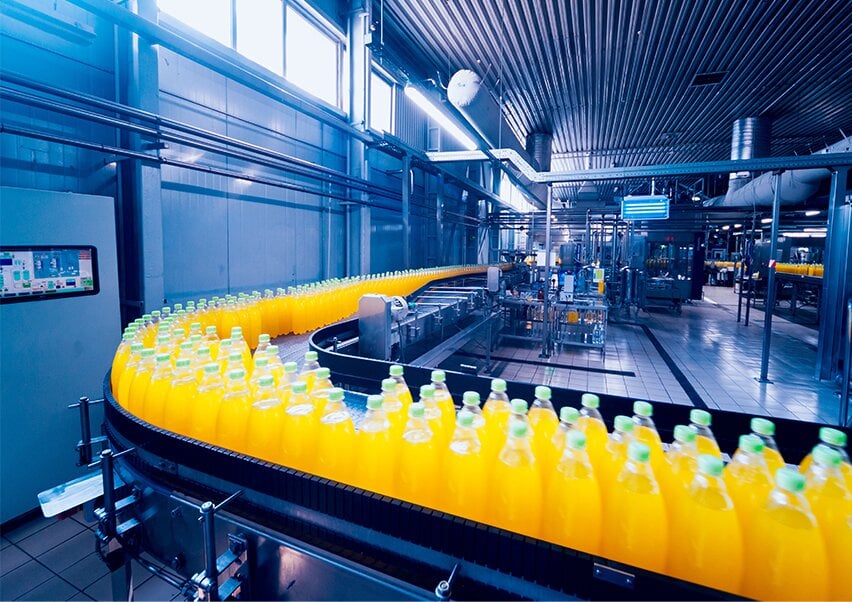eBooks & Briefs
8 Winning Strategies to Combat Supply Shortages
Supply chain planning tactics to use now to maximize product availability amid supply shortages and uncertainty
Get the eBook
Download eBook ↓
Enter your details to download







